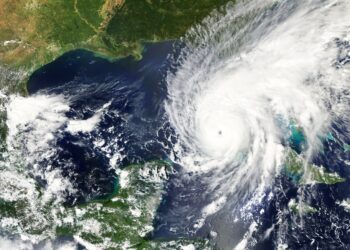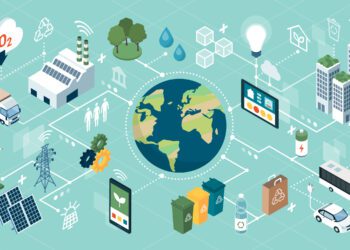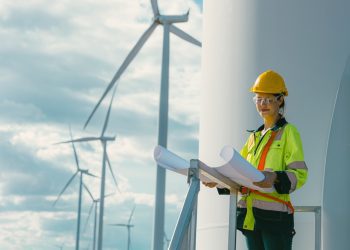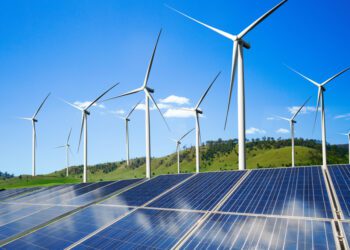A study published in the December issue of the journal Nature Sustainability examined what types of food production have the greatest environmental impacts.
Researchers from the University of California Santa Barbara’s National Center for Ecological Analysis and Synthesis (NCEAS) examined nearly 99% of all food produced on land and sea as reported to the United Nations in 2017. The study ranked foods on factors including greenhouse gas emissions, freshwater use, habitat disturbance and nutrient pollution.
Assessing foods on those factors allowed scientists to track the environmental impacts of different products by pound or kilogram. Those evaluations are helpful in guiding consumer choices, but a more comprehensive examination of the environmental footprint — the locations affected by various pressures from food production and the severity of that pressure — is needed to guide decisions for a growing global population, said Ben Halpern, executive director at NCEAS and lead author of the study.
“The individual choice of 8 billion people adds up,” Halpern said. “We need to know the overall impact of total food production, not just per pound, especially when setting food policy.”
The data revealed how the environmental impact of food production is concentrated in a handful of regions around the world. Just five countries, including the United States, China, India, Brazil and Pakistan, account for nearly half of the global food system’s environmental pressures.
“Cumulative pressures of food production are more concentrated than previously believed, with the vast majority — 92% of pressures from land-based food production — concentrated on just 10% of the Earth’s surface,” said Melanie Frazier, a research scientist at NCEAS and co-author of the study.
The researchers found some countries have larger impacts than other countries for producing the same type of food.
“The environmental efficiency of producing a particular food type varies spatially, such that rankings of foods by efficiency differ sharply among countries,” said Halley Froehlich, assistant professor in environmental studies at the University of California Santa Barbara and a coauthor of the study. “This matters for guiding which foods we eat and from where.”
The environmental impact of beef production in Brazil is higher than the environmental impact of beef production in the United States, even though the United States produces 10% more beef than Brazil. Similarly, the study found that soy production in the United States is twice as environmentally efficient as in India.
Assessing the cumulative pressures brought to light results that could not have been predicted by examining individual pressures alone, according to the researchers. As an example, while raising cattle requires by far the most grazing land, the cumulative pressures of pig farming, which produces substantial greenhouse gas emissions and uses more water than cattle farming, is greater than that of cows.
The study also highlighted connections between land and sea. Pigs and chicken have an impact on the ocean because marine fish like anchovies and sardines are used as feed. Similarly, crop-based feeds used for marine farming extend the environmental impact of seafood onto the land.
Aquatic farming systems produce less than 2% of the world’s food but account for nearly 10% of the food system’s environmental impact, according to the report. Researchers singled out bottom-trawl caught fish for their outsized environmental impact. The cost of fish like cod and haddock is nearly four times greater than other types of fish due to the destruction of seafloor habitats caused by fishing equipment.
Other top environmental offenders measured by cumulative pressures include rice and wheat. Those crops were found to have a similar environmental impact as animal-based foods like milk and chicken due to their intense water use. The massive scale at which those grains are grown also amplifies their impact on natural ecosystems around the world.
The comprehensive information included in the report is needed to help the industry and consumers make better choices, said Halpern, who modified his own eating decisions based on the findings.
“I became a pescatarian years ago because of wanting to reduce the environmental footprint of what I eat,” he said. “But then I thought, I’m a scientist, I should really use science to inform my decisions about what I eat. That’s actually why I started this research project.”
Courtesy Supermarket Perimeter. By Sam Danley. Article available here.












